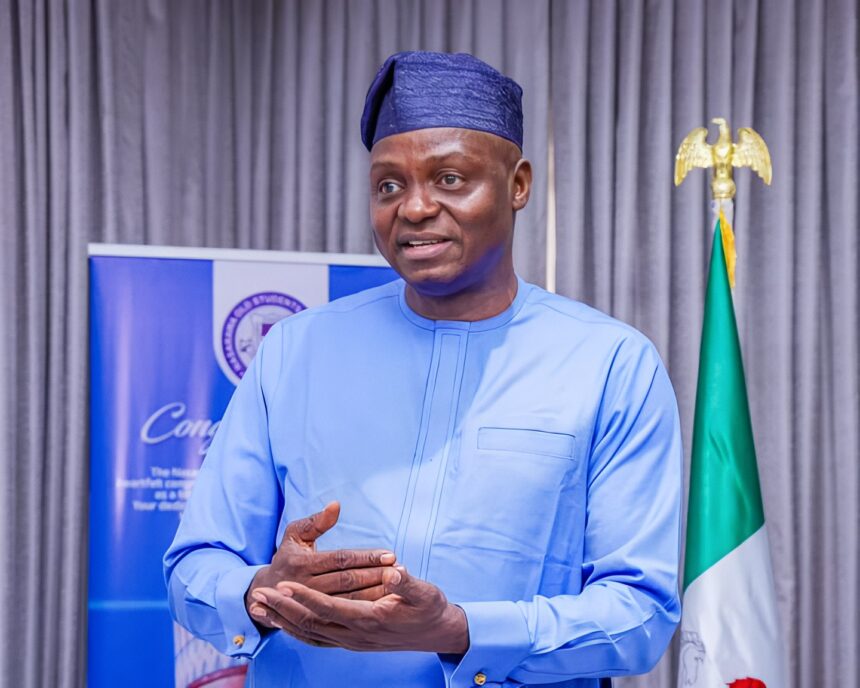The Federal Government of Nigeria is leveraging AI-driven identification to identify impoverished citizens, particularly in urban slums, the Minister of Humanitarian Affairs and Poverty Reduction, Nentawe Yilwatda has revealed.
The Minister, who spoke with the press on Saturday, also revealed that by integrating artificial intelligence with satellite imagery and telecom data, the government has enhanced its National Social Register, expanding it from 13 million to 19.7 million individuals.
According to Yilwatda, this initiative is aimed at ensuring aid reaches the most vulnerable through programs like the Conditional Cash Transfer (CCT).
He emphasized that AI-driven identification has added 6.5 million urban poor to the register, aligning with President Bola Tinubu’s directive to broaden the scope of poverty alleviation efforts.
Yilwatda revealed: “To help someone, you must first know them. You can’t support people you can’t identify. That’s why we started by validating the social register.
“The president ordered that we include the urban poor as well. We used satellite imagery to locate urban slums, then base stations and telecoms data to identify phone numbers in those locations.
“AI helped us generate a list of urban poor individuals by verifying those numbers, their access to financial services, and other indicators.
“So now, the updated social register covers both rural and urban communities, making it more inclusive and reliable.”
The minister also revealed that the administration of President Tinubu is targeting 15 million households, about 75 million individuals, with its anti-poverty programs.
“Nigeria has around 43 million households. We’re targeting 15 million with these interventions. Multiply that by an average household size of five, and we’re reaching about 75 million people,” Yilwatda said.
The minister added that the government is providing conditional cash transfers to food-poor households as part of its multidimensional poverty reduction efforts.
“We need to differentiate between food poverty and multidimensional poverty. Multidimensional poverty includes a lack of access to education, clean water, healthcare, and financial services. Food poverty, which focuses solely on access to sufficient food, affects roughly 42% of the population.
“If you take 42% of 200 million, that’s about 80 million people. Divide that by an average household size of five, and you have roughly 20 million households affected.
“The federal government is targeting 15 million of them. That means over 75% of the food-poor population is being covered through conditional cash transfers.”
He said each household receives N75,000, which may seem small in urban areas but has a significant impact in rural communities.
“I know 75,000 might seem insignificant to someone living in the city. But in rural areas, it makes a difference.
“We conducted a joint research project with the World Bank and some civil society organizations. It showed that up to 18% of recipients were able to start nano or small-scale businesses with that money.
“About 82% used the funds to improve food security. And 52% were able to pay school fees for their children.
“So, while this is not their sole source of income, it is a meaningful supplement that helps cushion the impact of poverty.”





